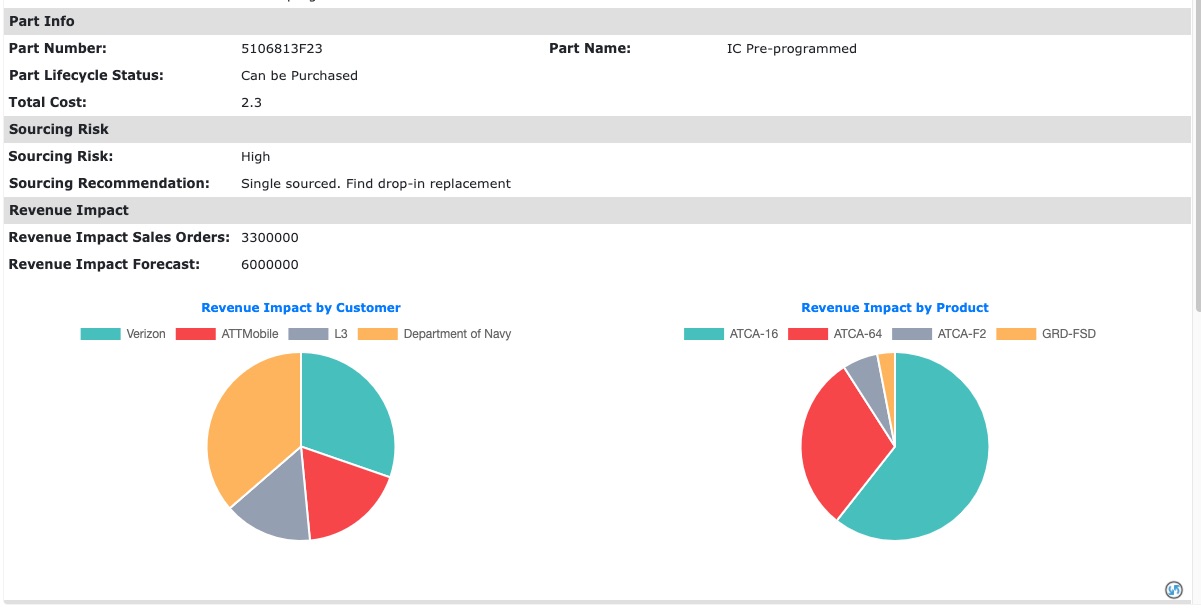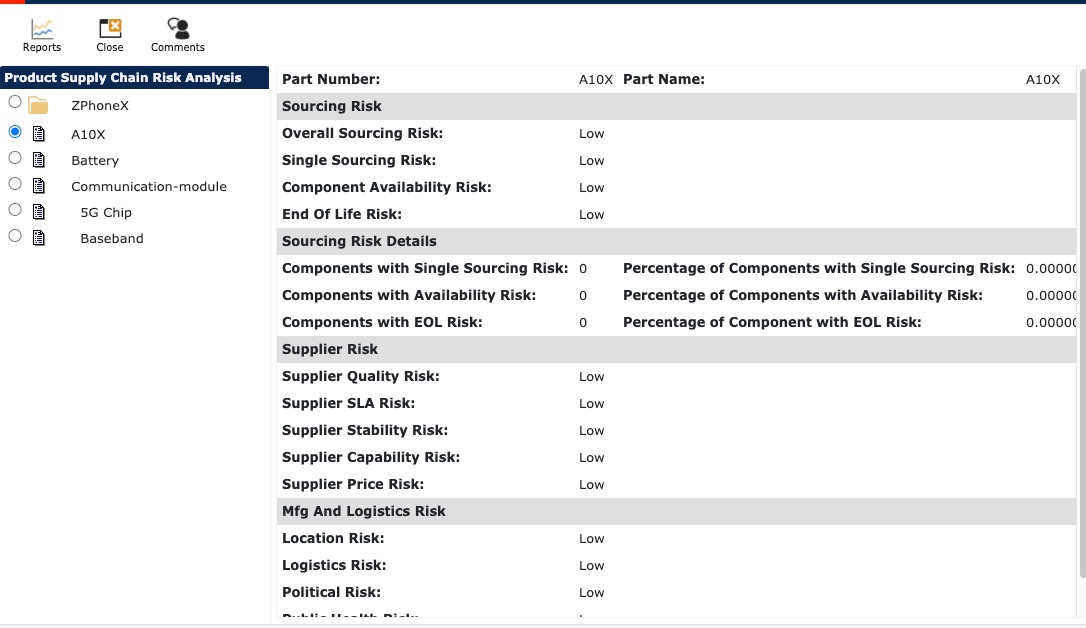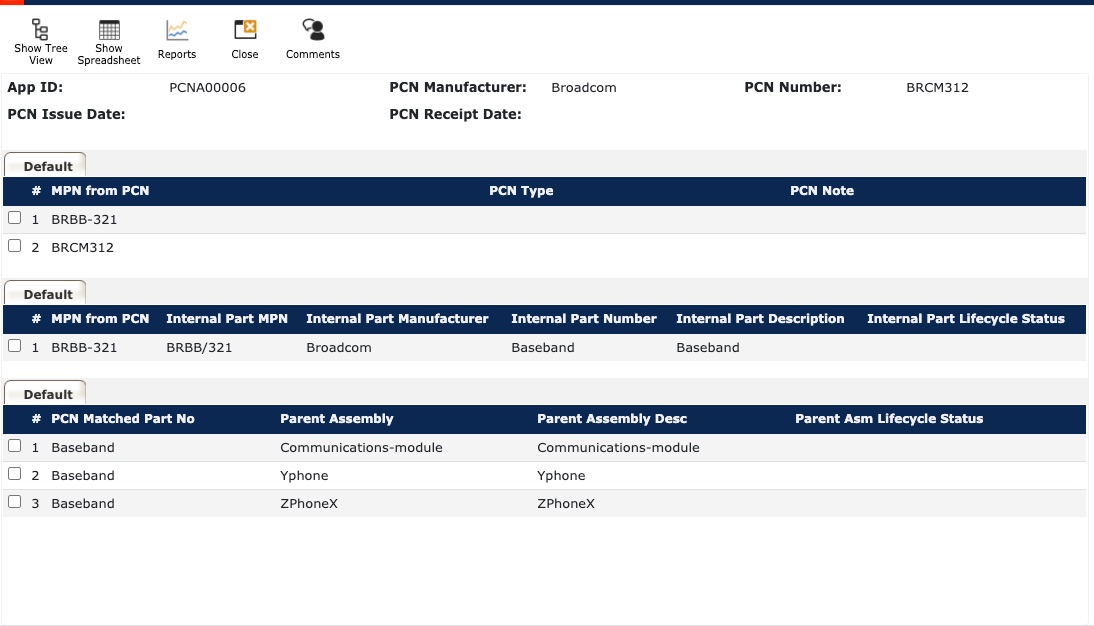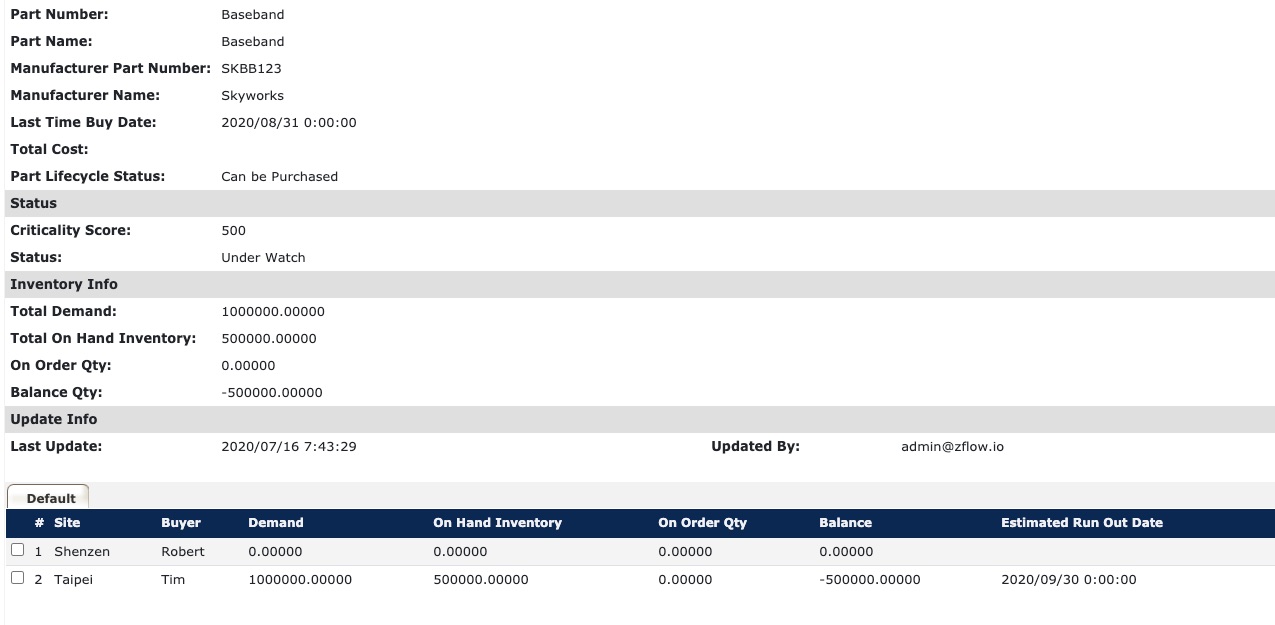People who are really serious about software should make their own hardware - Alan Kay
Before people write software they need hardware. And hardware is full of electronic components. Component engineering, although underrated, is a key facet of hardware product development. Component engineering plays a critical to ensure that the correct component is selected, sourced and its lifecycle managed so that product quality, reliability and supply chain risk are proactively managed.
In this post we are going to discuss and look at workflows and analyses that are relevant from a component selection, manufacturer selection and supply chain risk management perspective. For a more engineering and manufacturing oriented view of component engineering you should review the post on LinkedIn by Adam Doolittle.
Cogence, our flagship collaborative product development solution, has extensive support for component engineering processes, including manufacturer part specification and selection, manufacturer part lifecycle monitoring and analysis, Product Change Notice (PCN) analysis and End-of-life (EOL) analysis.
Manufacturer Part Specification and Selection
While components get designed in as part of board and electrical design the actual selection of manufacturers and manufacturer parts is a collaborative process between component engineering, purchasing and supply chain management. Many considerations, including cost, manufacturer part lifecycle, availability (and ability to supply in different regions), lead time, are important aspects of selecting a manufacturer part.
Manufacturer Part Lifecycle Monitoring and Analysis
Important aspect of Component Engineering is to monitor lifecycle of the manufacturer part. Manufacturer parts have their own product lifecycle and it is dependent upon the innovations and technology roadmaps of the Manufacturer as well as the Industry. It is not uncommon for manufacturer parts to reach of End-of-life while your product is still viable in the market, forcing you to select and quality replacement manufacturer parts in the middle of your product’s market lifecycle. It may result in significant disruption to your operations and your customers’ operations. It will be useful to conduct routine analysis as shown below to understand the risk impact of components.
Component Risk Analysis
It will also be useful to conduct periodic product supply chain risk analysis, of which component sourcing is a major element
Product Change Notice Analysis
Product change notices (PCN) are a friend and a foe for component engineers. Evaluating the impact of a PCN on products and conducting follow through activities (component change requests, engineering changes, etc.) can be a very time consuming and taxing process. Cogence includes an innovative PCN Analysis solution that can evaluate the impact of PCN on different products and suggest or create follow on processes.
End-of-life Analysis
In the event a manufacturer part is reaching end-of-life status it is important to proactively conduct analysis based on current and forecasted demand (and current supply) for the component and come with appropriate corrective action. Some of the corrective actions can include
- Last Time Buy from Manufacturers (requires visibility into expected future volumes)
- Working with Distributors
- Buy the Design and Contract Manufacture
- Last resort, EOL your product
The goal is to buy enough time so that the design organization has enough coverage to redesign and re-qualify another manufacturer part




